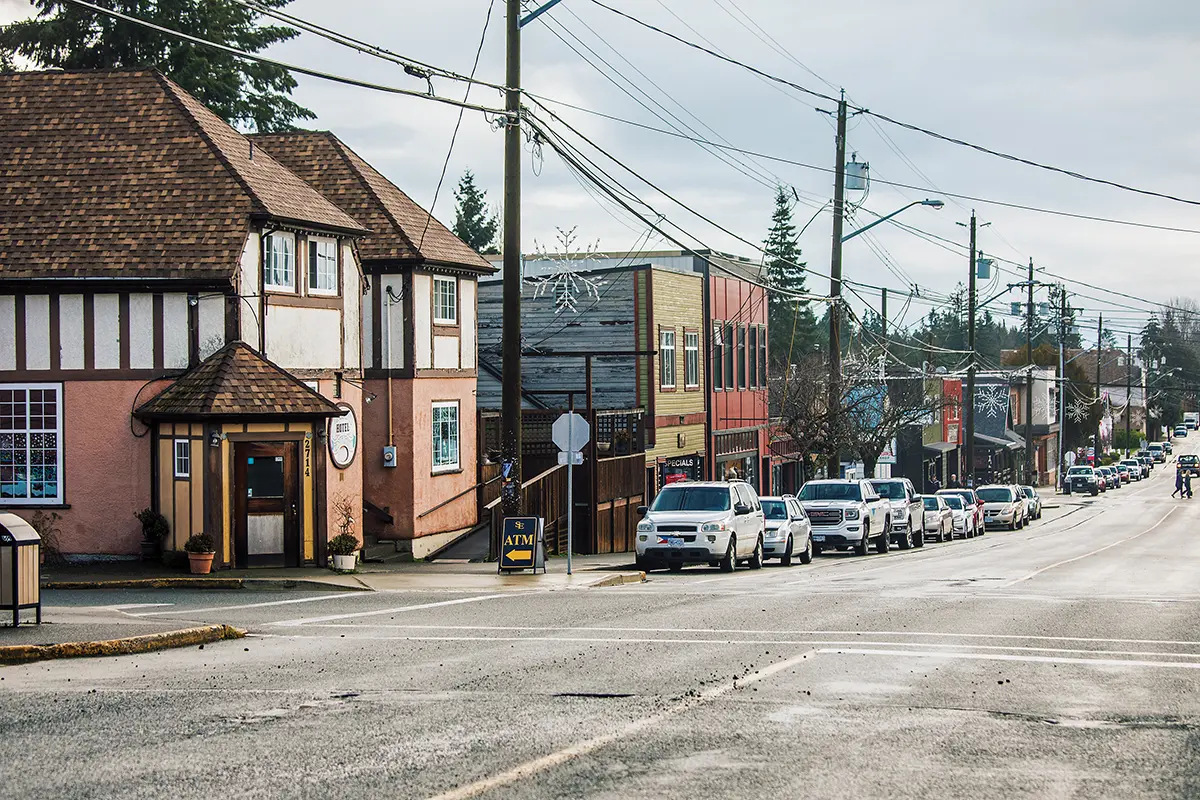“Why do you run?” is a question I frequently hear. My non-running friends think it’s torture, and when I tell them that I run 100 kilometers a week in the winter, their mouths drop.
When I tell those same non-running friends that I balance my classwork with running for the UVic Varsity track team, they think I’m insane. But running is just like another class. We practice every day: Monday is a recovery day; Tuesday, Thursday, and Saturday are workout days; and Wednesday and Friday are strength days. Finally, Sunday is a long run where I aim for 16-20 km, or a little over two loops around Elk/Beaver Lake.
I am not alone. More than 17 million runners in the United States finished at least one road race ranging from a 5 km to a 42 km marathon in 2015, while in Canada, in 2012 more than 6.5 million Canadians said they run or jog, a statistic that has likely risen since then.
Running for me is a stress reliever, and an outlet to forget about my daily problems. The second I put my foot out the door and take that first step, my worries fade away. The wind blows my hair back, and I can’t help but smile as the crunch of the trail beneath my feet transports me into another world.
Ever since I was a little kid I have dreamed of running for Canada at the Olympics—the 2008 Beijing Olympics being the defining moment. My friends and I would watch the races on TV, and then head to the track to have our own ‘Mini Olympics.’ I always lost the 100 m dash, but I could win anything over 400 m, and my friends would start giving up about halfway through.
In New York Magazine, Tanya Basu suggests we run to push our bodies to the limit, both mentally and physically.
“You should be challenging yourself in a passion project in a field you know you can conquer and are pretty good at—but not quite yet the best at,” she wrote.
That message resonates with both professional and recreational runners. Whether you are training for the Olympics or just to finish your local road race, everyone strives to be the best they can.
However, Dave Griffin suggests another theory in his book, In the Distance: Why we struggle through the demands of running, and how it leads us to peace. We run to confront our fears, he says, and only once we learn to fail can we thrive.
“Fear comes in many forms—anxiety, doubt, uneasiness — and everyone restricts you,” Griffin says. “If you want to do something, achieve something or become something, fear is the first obstacle you’ll need to overcome.”
Once I finish a grueling five-times- a-mile repeat workout, or 12-and-a-half lap 5000 m track race, I take these lessons of overcoming failure from running to the real world.
“Death is a part of life just as failure is a part of success,” Griffin continues. “Only then can you fully immerse yourself in the pursuit of what you want from running and from life.”
In my experience, both of these theories are correct, and whatever inspires you to get out that door should be celebrated. The inclusion of non-traditional races such as the Beer Mile, The Colour Run, and Tough Mudder, a race where athletes run 16-19 km while completing obstacles such as scaling walls and swinging to platforms, have motivated more people to train and become runners worldwide.
So, despite the constant ‘run, Forrest, run!’ jokes from my friends, I still do it. Running has allowed me to meet new people, run for my university, and test the limits of my body. The beauty of running is that people can enjoy it anywhere, and for any reason. All you need is a pair of sneakers, and a trail where you can find yourself transported into your own running world.









